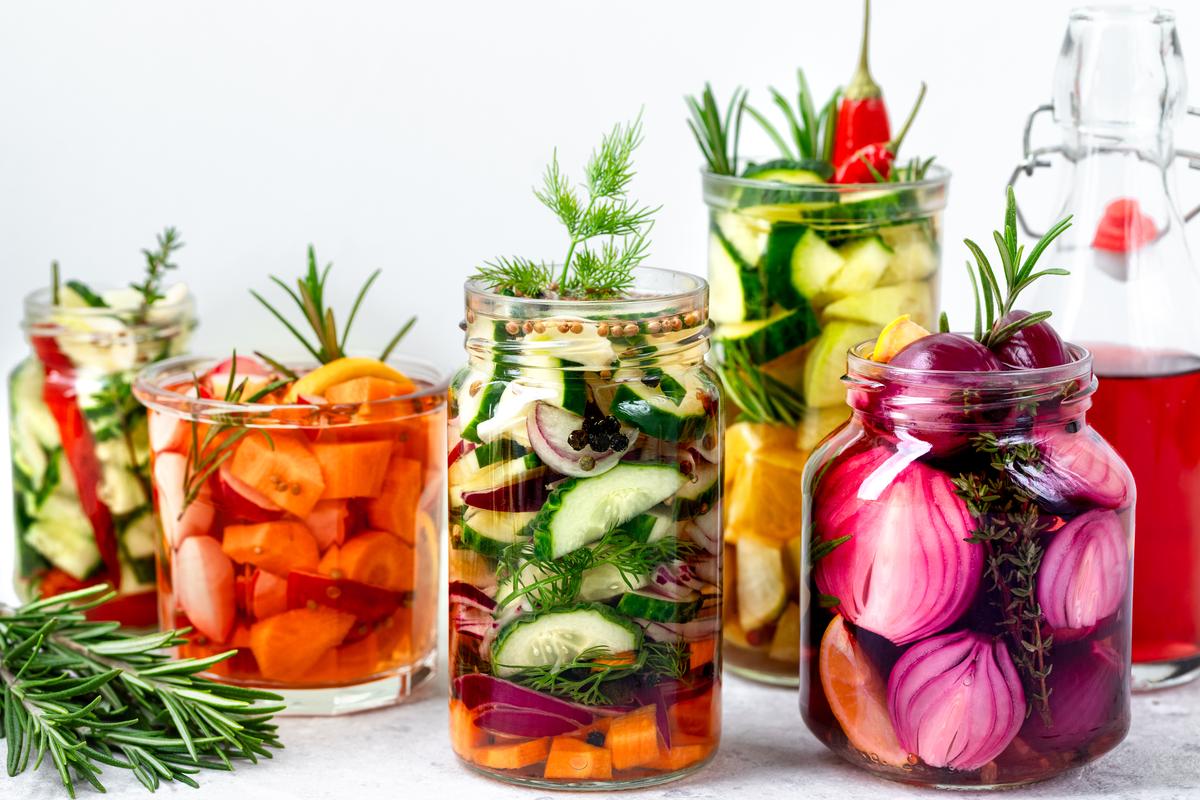If you step into a kitchen, a condiment might be sitting in a corner of your shelf, not getting too much attention in your everyday life, except when pickles are the topic. Yes, I am talking about the good old vinegar that often gets forgotten amidst the dozens of sauces, dips, and other condiments on the shelf.
Vinegar is a fermented product made through a two-step fermentation process. First, yeast converts sugars from a source like fruit juice, grains, or potatoes into alcohol. Then, bacteria, specifically Acetobacter, convert the alcohol into acetic acid (the main component of vinegar) and water.
Did you know that vinegar had a much bigger story than being just a preservative or a dash of flavour? Vinegar is a powerful cleaning agent, pest control, natural fabric softener, and toilet and floor cleaner, among many other things. There have also been claims that vinegar has health benefits as well. Pickling, cheesemaking, and marinating are some of the uses it has in the kitchen apart from being a great preservative.

The history behind vinegar
How old do you think Vinegar is? One of the first documented pieces of evidence of vinegar being made was around 3000 BC by the Babylonians. It is believed to have been used as a culinary ingredient as well as a medicine from fermenting various sources, including fruits. This much has further spread to neighbouring areas, as Egyptian civilisations often left traces of vinegar in urns (it was a popular preservative).
Funnily enough, Europe was not much behind either. Even though not from the same sources, the Greeks and Romans were known to have used vinegar as a popular acidic ingredient in their cuisine and often made it from wine. The methods used have often been documented in several works that emerged from the area.
At the same time, it was not just in the Middle East and African borders or Europe that traces of vinegar production were found; it was also seen in Asia, specifically in Chinese traditions. The same can be seen even today in their pickling methods and culinary dishes.

Types of vinegar
Just like how there are multiple origins for vinegar, it also has multiple varieties. Each type of vinegar is often made with a different base ingredient, which is then fermented to form the final product. Each vinegar type has its flavour, which fits various types of cuisines or uses. Here are some of the varieties —
White (Distilled) Vinegar, made from distilled alcohol, is clear, very acidic, and has a sharp flavour. It’s commonly used for pickling, cleaning, and sometimes for baking.
Apple Cider Vinegar, as the name suggests, is made from fermented apple juice. It thus has a slightly more fruity taste and is widely used in salad dressings and marinades.
Balsamic Vinegar is traditionally made from pressed grape juice in Italy and is then aged for years, giving a dark, sweet, and complex flavour. Used mostly in salad dressings and for drizzling.
Rice vinegar is made from fermented rice and is mild and slightly sweet, and used primarily in East Asian cuisine, including sushi rice and stir-fry.
Published – August 18, 2025 02:50 pm IST